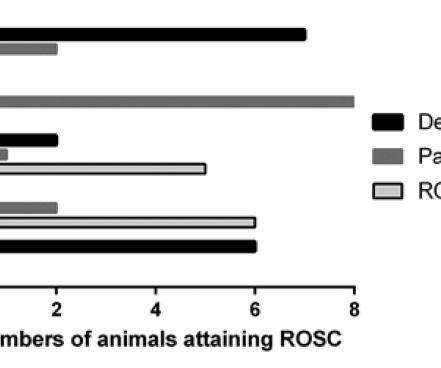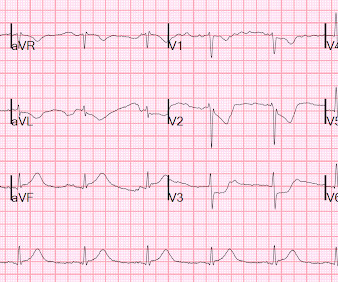ToxCard: Iron
EMDocs
DECEMBER 6, 2024
7 Workup other than serum iron concentration at 4 hours after ingestion not shown to accurately predict clinical outcomes or severity of toxicity. Aggressive fluid resuscitation as patients may be severely hypovolemic from GI symptoms. Case Follow-up: The patient received a fluid resuscitation with 20 mL/kg bolus of normal saline.





























Let's personalize your content